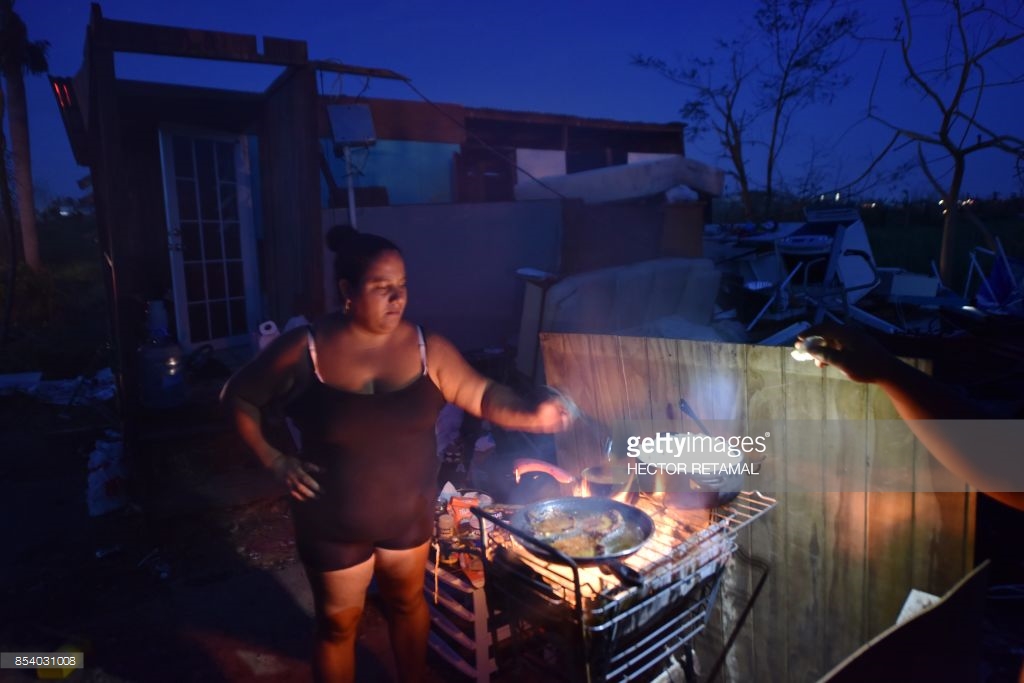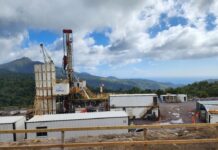
News Americas, NEW YORK, NY, Weds. Sept. 27, 2017: Take a wild guess as to what the cost from just Hurricane Maria will be in the Caribbean?
If you guessed in the billions of USD then you are close. A Boston-based catastrophe modeling firm is estimating that insured losses for Hurricane Maria in the Caribbean could reach up to USD 85 billion.
AIR Worldwide estimates industry insured losses for Hurricane Maria in the Caribbean will be between USD 40 Billion and USD 85 Billion. The estimates do not include losses to infrastructure; losses from hazardous waste cleanup, vandalism, or civil commotion whether directly or indirectly caused by the event; losses to offshore properties, pleasure boats, and marine craft; losses resulting from the compromise of existing defenses, such as levees; and losses to uninsured properties.
It, however, includes insured physical damage to onshore property – residential, commercial, and industrial) and autos due to wind and precipitation-induced flooding; insured loss to contents; losses due to business interruption; losses to industrial facilities; and additional living expenses (ALE) for residential claims.
Puerto Rico alone accounts for more than 85 percent of the loss, AIR Worldwide, said in a statement.
Hurricane Maria slammed into Dominica on Tuesday, September 19th as a Category 5 storm, devastating the island and triggering widespread flooding in adjacent Guadeloupe. It weakened briefly to a Category 4, then intensified again to Category 5 as it cut west-northwest over the warm waters of the northeastern Caribbean Sea. The eye-wall brushed the western edge of St. Croix in the Virgin Islands on Tuesday night, bringing storm surge and large waves to southern shores.
Maria was downgraded slightly to Category 4 before it made landfall on Puerto Rico near the town of Yabucoa at 6:15 a.m. ET, Wednesday, September 20th with maximum sustained winds of 155 mph. This was Puerto Rico’s first direct landfall from a Category 4 tropical cyclone since the notorious San Ciprian hurricane in 1932.
Maria lost some organization as it interacted with Puerto Rico’s mountains but brought a storm surge anticipated to be 6 to 9 feet in some areas and inundated the country with 12 to 18 inches of rain, with higher amounts in some locations. More than 3 million people in Puerto Rico, for example, remain without electricity, drinking water, and gas; other essentials are in short supply. Communications are challenging, with 95 percent of cell phone towers reportedly toppled. Many towns have been cut off by landslides, floods, or torrents of muddy water; widespread damage is reported.
As heavy precipitation continued, the dam on the Guajataca River was significantly compromised and was deemed in danger of an imminent break Friday afternoon. Some 70,000 people downstream were advised to evacuate immediately. The dam is an earthen structure built in 1929 to provide drinking water, irrigation, and power generation. It has not failed, but remains in danger of doing so.
Maintaining its track, it then passed close offshore of the northeast coast of Hispaniola delivering heavy precipitation, Category 3 winds, and storm surge to the northern Dominican Republic.
Islands in the Caribbean devastated by the storm, and by Hurricane Irma two weeks earlier are in the early stages of what will inevitably be a very lengthy recovery period,” the company said, adding that “it is abundantly clear that this has been a major catastrophe for the region.”
Hurricane Maria is expected to continue moving north for the next two days, slowing and weakening as it goes, and staying well east of the southeast coast of the United States. Maria will likely bring coastal flooding, high winds, and rain to parts of the North Carolina coast and Virginia Tidewater through Wednesday. It is expected to have become a tropical storm by Tuesday night, to turn toward the northeast by Thursday, and to dissipate mid-ocean.









